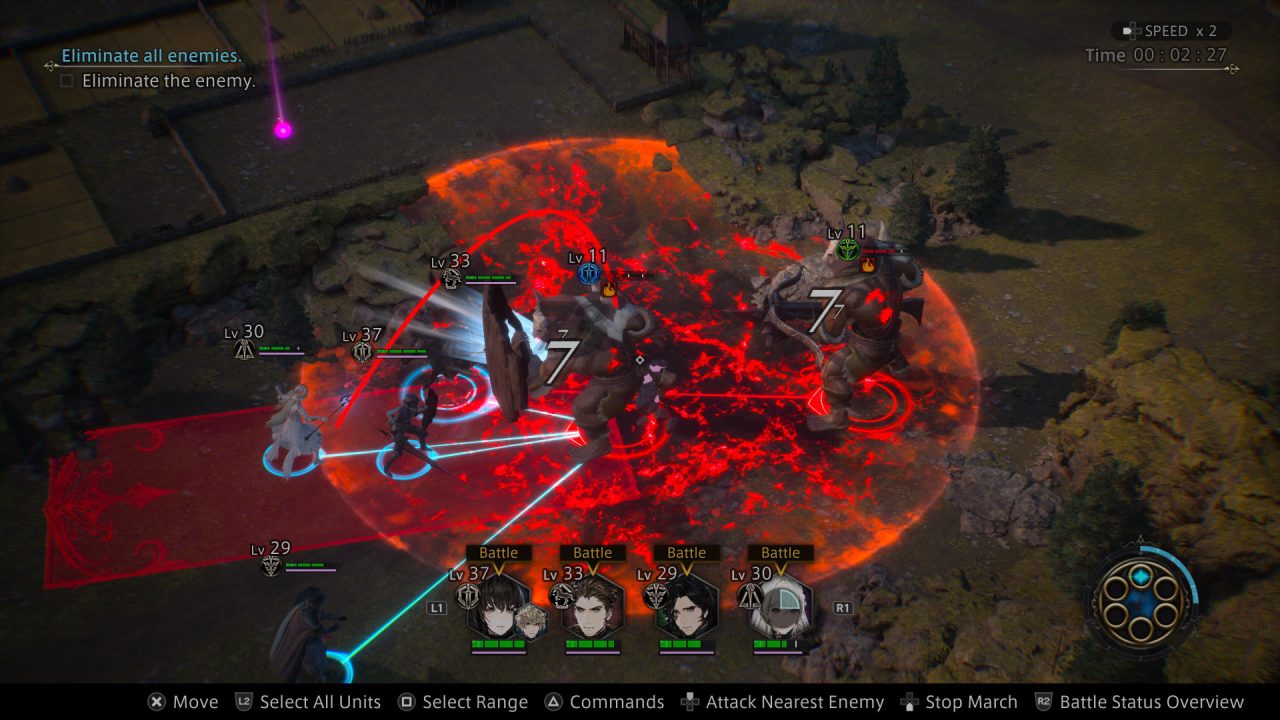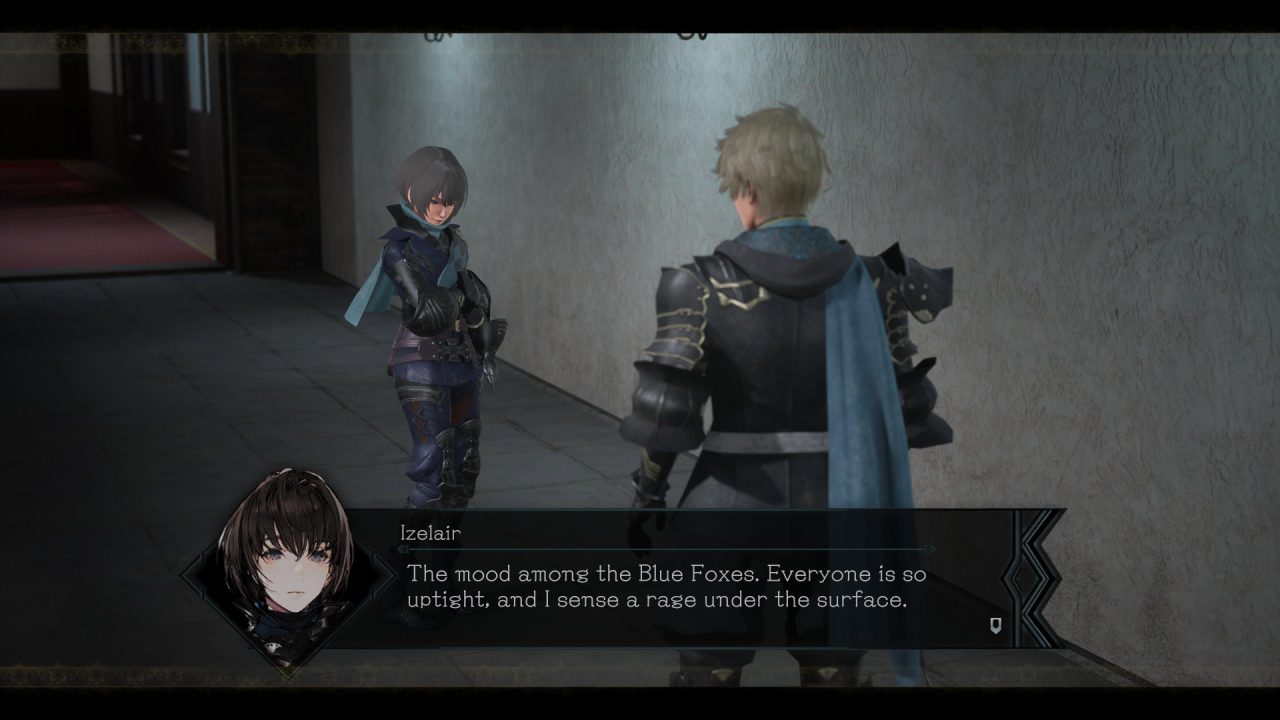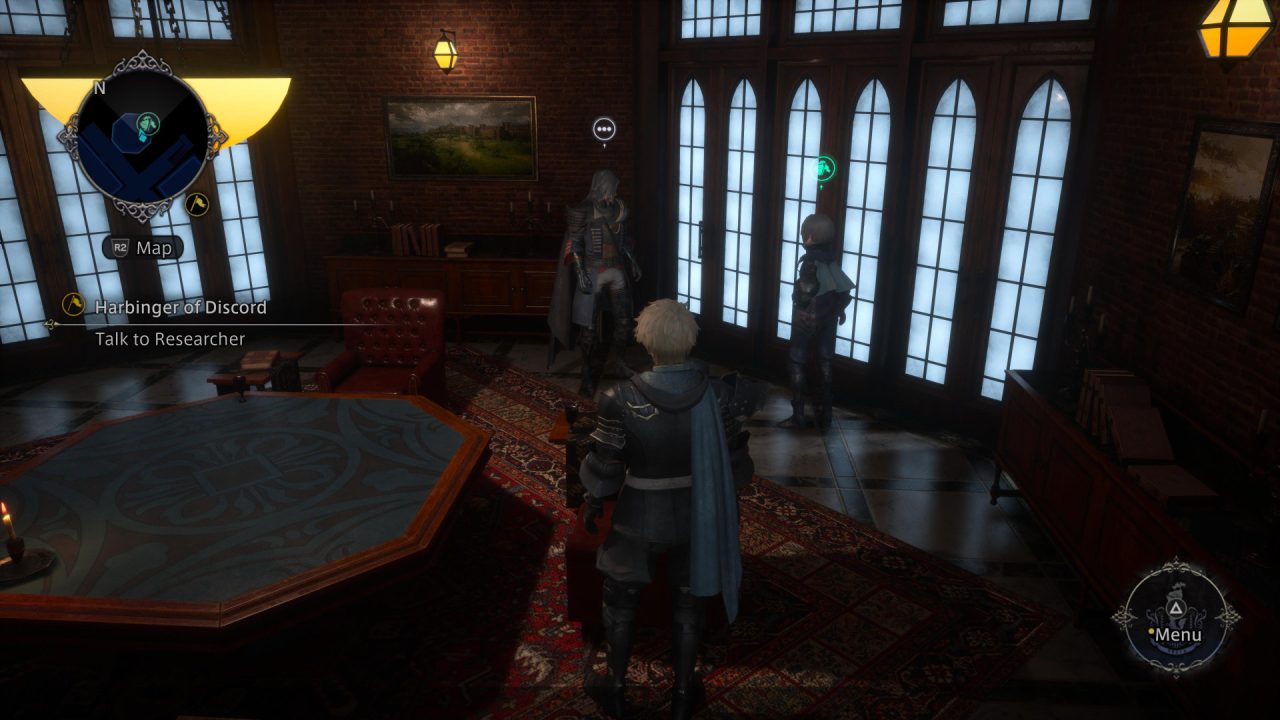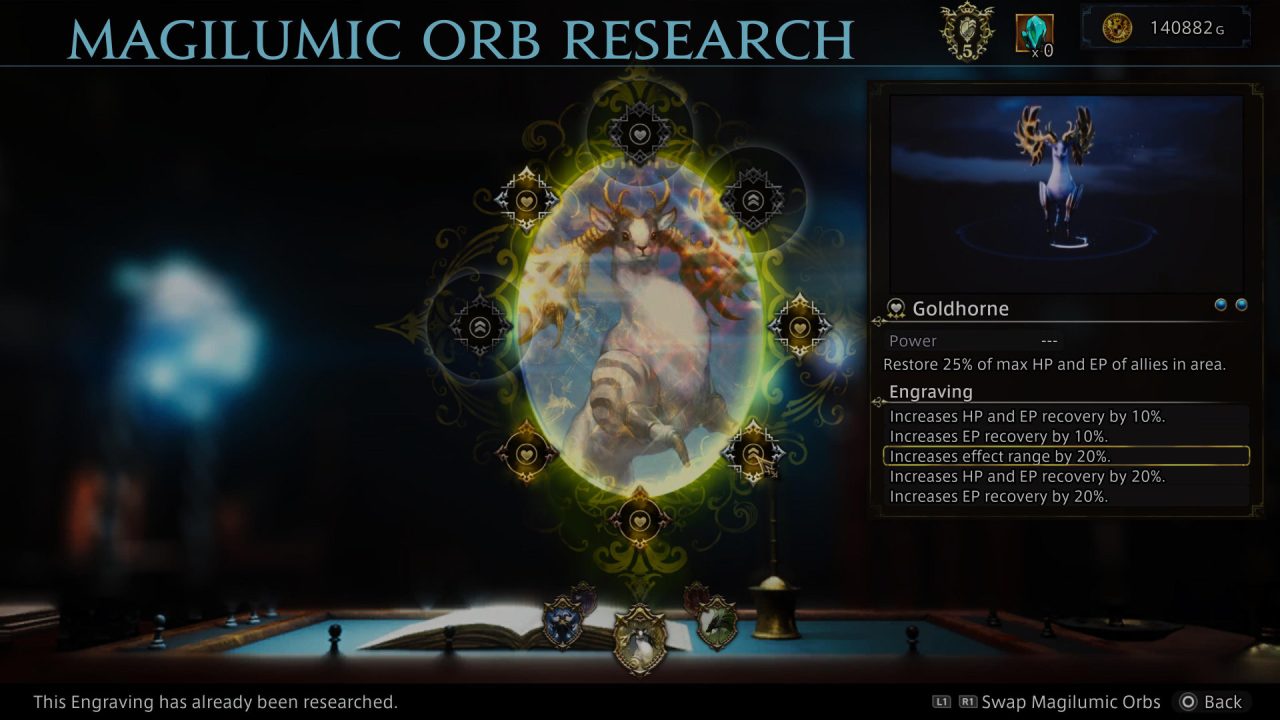Seeing the words “Square Enix” and “strategy RPG” together should make anyone stand up, ready to answer the call to arms. These are special times we’re in, when we’re regularly getting SRPGs from the world’s biggest RPG company. Triangle Strategy, released earlier this year, promised a return to and an evolution of the traditional Final Fantasy Tactics grid-based combat system. Remakes of many classics are around the corner. The DioField Chronicle, on the other hand, presents something different, with a new style of real-time combat that’s not at all similar to what we’re used to from Japanese developers. But does developer Lancarse’s strategy of trying something new result in a contribution worthy of Square Enix’s legendary SRPG canon?
The DioField Chronicle tells a narrative of nations warring over resources — not exactly unique for an SRPG tale. But once the exposition is dumped, the story shifts quickly into an engrossing yarn of kings and nobles, a scramble for political power in tugs-of-war of subterfuge. You take control of the Blue Foxes, a private mercenary group under the employ of the quite private noble Duke Hende. While the Blue Foxes respond to requests for help from the public, Hende’s direction takes top priority. The ensuing conflicts at first occur on a personal level, especially within the Blue Foxes’ camp, and the reverberations swell to a grander scale. In this twisty story, each new revelation feels like a pivotal moment for the Blue Foxes and the world at large. The fact that Ramin Djawadi and Brandon Campbell, the composers of the Game of Thrones soundtrack, were brought on board offers a strong hint as to what The DioField Chronicle’s writers are going for.

DioField is an island rich in jade, the precious resource required to use magic. The nearby nations of the Empire join together to invade the countries of the Alliance. Meanwhile, the Kingdom of Alletain, which reigns over the vast majority of DioField, must decide whether and how to assist the Alliance or to remain neutral. Meanwhile, the Blue Foxes, a private military group of Alletain under the purview of the shadowy Hende, rise as a secretive yet heavily influential player in the war.
The Blue Foxes are headed by Andrias Rhondarson, Fredret Lester, and Izelair Wigan, though Andrias quickly takes control as the group’s chief planner. Unfortunately, the characters are a bit dry, and their uninspired design doesn’t help. Thankfully, The DioField Chronicle’s writers take them through a high-stakes dramatic journey that transcends the characters’ general lack of personality.
That’s not to say all of the characters are completely empty. Initially seen as respectable, benevolent, and trustworthy, traits we expect out of our JRPG heroes, Andrias’s supposedly well-meaning persona turns progressively more secretive and sneaky as the weeks and months pass. Every move he makes and every word he speaks, even if it appears altruistic at the time, seems to have a dual purpose. Even the player is not clued in to what he’s ultimately planning. The DioField Chronicle’s English voice actors and the writing masterfully work to present his moves with the proper inflection to convey his growing distance from his fellow soldiers. The writing and voice work create an incredible atmosphere of distrust, even between the player and the protagonist, and the secrecy compelled my desire to find out how things would progress.

The clear standout among The DioField Chronicle’s cast is Waltaquin, a young magicker clad all in white who seems a little too eager to do violence. Though she appears sympathetic at first, she takes some surprisingly dark turns as time passes, and the other characters start to feel uncomfortable around her, especially Andrias as she begins to make unrequited advances toward him. Iscarion is another entertaining member of the Blue Foxes. Kind of a Robin Hood type, he has a righteous reputation as a do-gooder that would rival even that of Jonathan Joestar himself. Iscarion serves as the Blue Foxes’ moral center, and though he’s not exactly a rival of Andrias, they often are not on the same page, and trust between them slowly erodes. Other characters have good roots but don’t get enough attention to develop beyond the embryonic stage.
It all leads to a fascinating finish that leaves much open to interpretation but, unfortunately, leaves more threads dangling than I would have liked. The DioField Chronicle‘s narrative is easily more enjoyable than the last few seasons of Game of Thrones.
That was a lot about The DioField Chronicle’s story, but this is a strategy RPG, so you’re here for the combat. Well, there’s good news and bad news. Lancarse has created a brand-new combat system for The DioField Chronicle that has much in common with real-time strategy games. In battles, you have four active characters to whom you give orders, typically where to move and which enemies to attack. Though you only have four units on the battlefield at a time, as you gain access to more, you can pair inactive units with active ones, allowing them to use their partner’s special abilities as well as their own. Battles are on the shorter side as far as strategy games go; you gain extra rewards for finishing them in a certain amount of time, between four and eight minutes, depending on the mission.

While you can improve your chances in battle by positioning your characters effectively, taking advantage of chokepoints, and trying to flank enemies (as attacks from behind are more effective), the strategy mainly revolves around utilizing special abilities optimally. Abilities range from sweeping a broad group of enemies at once to hitting a line of foes or doing extensive damage to a single unit and possibly repositioning it. Some abilities are more useful in specific situations. Because you’re limited by EP (essentially magic points) and cooldowns for the special moves, you must determine how best to utilize those moves. There’s a constant push-pull between hitting opponents with your strongest attacks and saving them for counterattacks to prevent the enemies’ strongest attacks. You can also pause to swap in units from the sidelines if you want to switch up your strategy.
Between battles, The DioField Chronicle offers a metric ton of options to explore for building out your private army. Units come in four flavors: soldiers, cavaliers, sharpshooters, and magickers, each of which is further divided into subcategories. There’s also a skill tree for leveling up special attacks, developing weapons, and conducting research to improve your Magilumic Orbs, which are essentially summons. It’s especially fun to find all the types of special abilities to see how they work and determine their best use. You might even discover some combos and synergies between certain units, and you may feel like a conductor directing your orchestra of destruction during battles.
And then there’s the really bad news, mainly that battles are repetitive and never change substantially. Chapter 1, which is available to play in the demo, teases a nice variety of missions with gameplay that’s in harmony with the story. However, once you’re out of the tutorial and into the actual game in Chapter 2, the battles begin to feel like the same thing, one after the other, forever. Sidequests are worse, offering nothing outside of the ordinary from the main story except an opportunity to grind, with a few exceptions. It felt like there was room to offer some creative experiences with this system, but the challenges you’re given never go anywhere adventurous. Though you eventually have access to over 15 units, I rarely felt the need to switch up my core party. Despite the positives, the battle system feels like it’s barely past the conceptual stage, and it dampens everything else.

With everything The DioField Chronicle demands of the player, the game works surprisingly well with a controller, and the control scheme quickly became second nature to me. The keyboard-and-mouse setup that RTS games typically demand would still perform better here, and it’s an option on PC, but the controller feels great, too.
Djawadi and Campbell feel like quite a get for The DioField Chronicle’s music. But though the official soundtrack boasts over 20 tracks, many of them could have used more exposure in the game. The buzzy battle theme, which occasionally had me checking to see if my phone was going off, is intimidating and brings a sense of urgency. The base-exploration music is more relaxed but still an intricate earworm. But those two pieces played almost the entire time, and I can’t remember any of the others. The English voice actors do a tremendous job at telling this story, providing the subtle inflections needed to convey the standoffish nature of Andrias’s cerebral conversations and also the terror of being within the eyesight of Waltaquin. I assume the Japanese actors were similarly great, but this is one case where I feel it’s important to listen in a language in which you’re fluent to catch the intended tone.
Not much stands out visually. You view battles from an isometric perspective, and from that angle, the units don’t make much of an impression. The diorama battlefields are kind of neat looking, but even with a variety of environments, they tend to be featureless, leaving a lot of empty space to fight in. The characters’ portraits take on that classic Square Enix look, so those are lovely.
While the ending is fitting in wrapping up this story, it feels presumptuous that it’s clearly pushing for a sequel, especially as some aspects of The DioField Chronicle feel underdeveloped. I think there’s still potential for this to become a series, but any sequel would need to go far above and beyond what’s here in the first entry. As much as that statement sounds like it’s looking ahead, it also indicates my feelings. The vast potential is still there, but it’s as yet unrealized, and the battle is far from won. The DioField Chronicle joins the vaunted Square Enix SRPG canon, yet it’s only just there.



